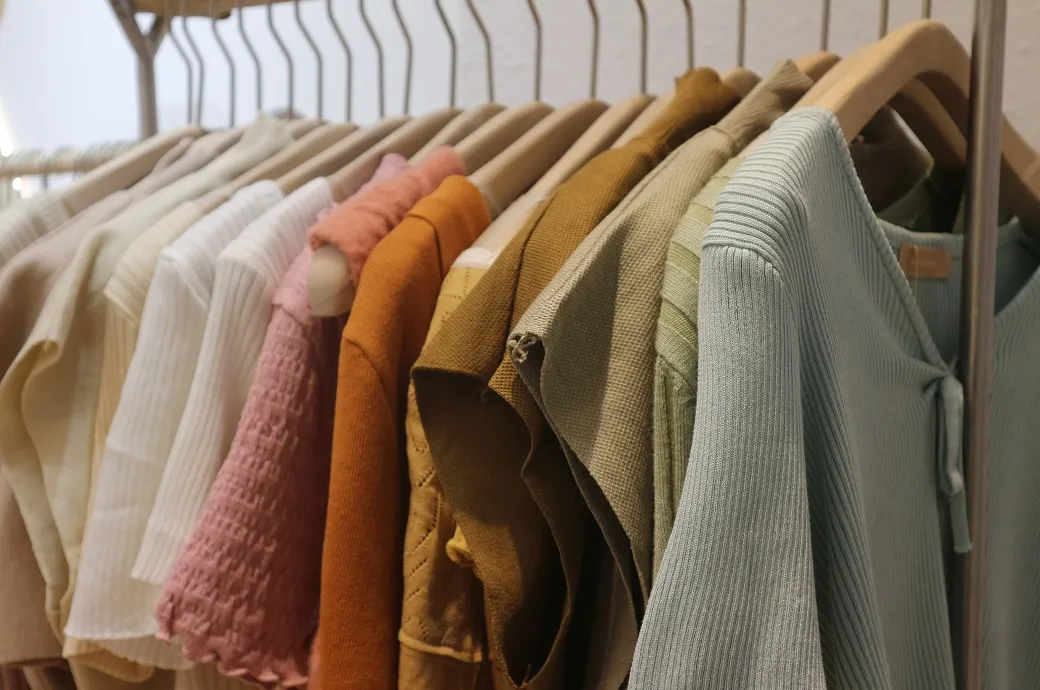Apparel prices buck US inflation trend as Trump tariffs take effect

APPAREL PRICES BUCK US INFLATION TREND AS TRUMP TARIFFS TAKE EFFECT
As per latest data released by the Bureau of Labor Statistics (BLS), in a deviation from broader inflationary pressures gripping the US economy, apparel prices have continued to move south,. The Consumer Price Index (CPI) for apparel saw a decrease of 0.2 per cent from March to April 2025, and a significant 0.7 per cent decline over the past 12 months ending in April.
This is a contrast to the overall CPI, which rose by 0.2 per cent in April and 2.3 per cent year-over-year. While prices for many goods and services, such as household furnishings (+1.0 per cent in April) and medical care (+0.4 per cent in April), continued to rise, the apparel sector is experiencing deflation.
The BLS data corroborates the trend illustrated in the provided bar graph, which shows month-to-month percentage changes in the U.S. Consumer Price Index for Apparel. The graph indicates volatility in apparel prices throughout the latter half of 2024 and early 2025, culminating in the recent declines.
Tariffs impact
Analysts attribute this unusual dip in apparel prices to the initial impact of the reciprocal tariffs imposed under President Trump's ‘America First’ trade policy. These tariffs, which came into effect earlier this year, have increased the cost of imported apparel from key trading partners.
"The fashion industry is feeling the pinch," explains Anya Sharma, a senior trade analyst at Global Trade Insights. "With tariffs on apparel imports from countries like China, Vietnam, and Bangladesh soaring, retailers are facing a difficult choice: absorb the higher costs or pass them on to consumers. It appears that, at least initially, many are opting to lower prices to maintain sales volume in a potentially softening consumer market."
Table: US Consumer Price Index for apparels
Month | % Change |
September 2024 | 1.00% |
October 2024 | -0.90% |
November 2024 | 0.10% |
December 2024 | 0.10% |
January 2025 | -1.40% |
February 2025 | 0.60% |
March 2025 | 0.40% |
April 2025 | -0.20% |
Source: Bureau of Labor Statistics
Despite the drop in apparel prices, inflation remains a concern across much of the US economy. The energy index, while showing a 0.7 per cent increase in April, is still down 3.7 per cent over the year, largely due to falling gasoline prices (-11.8 per cent year-over-year). Food prices, however, continue to rise, with a 2.8 per cent increase over the last 12 months.
Retailers say, they are in a tricky situation as the tariffs have increased sourcing costs, but they are hesitant to raise prices when consumers are already feeling the inflationary pressures from other areas. That is why retailers have had to make some tough decisions about inventory and margins.
Looking ahead
The difference in apparel prices raises questions about the sustainability of this trend. Some analysts believe retailers may eventually be forced to pass on the higher tariff costs to consumers, potentially reversing the recent price declines. Others suggest increased domestic production, while facing its own challenges regarding raw material costs and labor, could become a more viable long-term strategy.
The May CPI report, due in June, will be closely watched for further indications of how the tariffs are impacting consumer prices across various sectors, including apparel. The puzzle of market trends in the face of these new trade policies is far from solved.
By Fashionating World
https://www.fashionatingworld.com/new1-2/apparel-prices-buck-us-inflation-trend-as-trump-tariffs-take-effect
